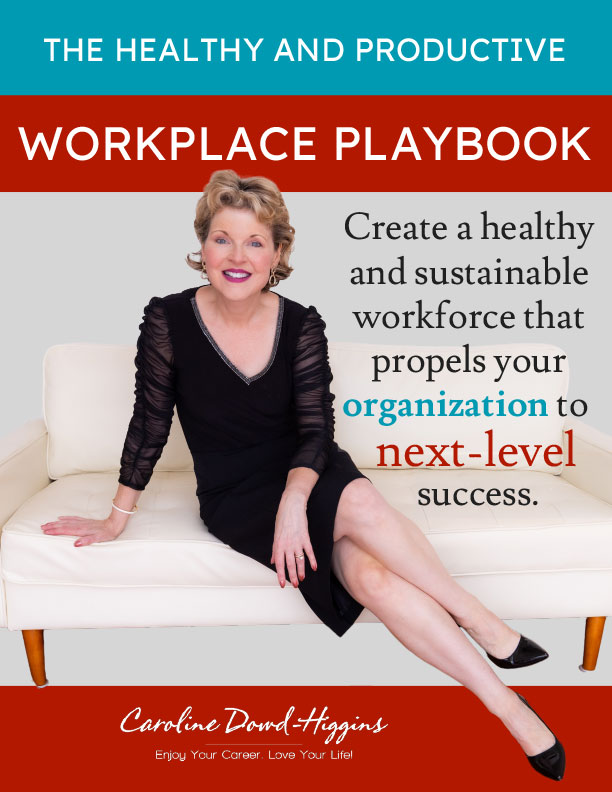The Inside Scoop About Psychological Safety at Work

The term psychological safety is all the rage in workplace research and publications. I’d like to de-mystify this term and break it down so it’s easily understandable and implementable in all work environments.
By Definition
Katie Taylor wrote a great piece in Atlassian that defines psychological safety as follows:
- Psychologically safe work environments allow team members to feel that they can safely take calculated risks without fear or repercussions.
- A lack of psychological safety may deter people from speaking up about mistakes, knowledge gaps, or potential problems.
- When working remotely, you can promote psychological safety by being intentional about scheduling 1:1 meetings, asking open-ended questions, modeling boundaries, and setting expectations for video meetings.
Achieving psychological safety should not be elusive like searching for the Holy Grail. If people feel safe to make mistakes, fail forward, or share differing viewpoints – great things happen. Cognitive diversity is fostered and celebrated, and productivity, innovation, and standards soar.
Workplace Behaviors
Credit must be given to Harvard researcher Amy Edmondson who breaks psychological safety down into 5 behaviors and what they look like in the workplace.
- Seeking or Giving Feedback – nurture an environment to share positive and developmental feedback.
- Making Changes and Improvements – always illustrate the WHY with change, so colleagues understand their role in the change and how they can make an impact.
- Obtaining or Providing Help or Expertise – asking for help is a sign of intelligence and strength and not a sign of weakness.
- Experimenting – adopting an iterative approach, like design thinking where prototypes are tested and improved upon over time.
- Engaging in Constructive Conflict or Confrontation – address conflict quickly (Try Brené Brown’s rumbletechnique) and don’t let it fester.
Edmonson’s iconic TEDx Talk about psychological safely is worth watching:
“Every time we withhold, we rob ourselves and our colleagues of small moments of learning and we don’t innovate. We don’t come up with new ideas. We are so busy managing impressions that we don’t contribute to creating a better organization.”
Putting it Into Practice
Laura Delizonna’s piece in Harvard Business Review provides actionable steps you can put into practice to nurture a work environment with psychological safety.
- Approach conflict as a collaborator, not an adversary – work to create mutually desirable outcomes.
- Speak human to human – recognize that everyone has beliefs, perspectives, opinions, anxieties, vulnerabilities, joys, and sorrows – it’s part of the human condition.
- Replace blame with curiosity – adopt a learning mindset and don’t assume you know all the facts; heighten your active listening and lead with asking how you can support the other person.
- Ask for feedback on delivery – this models humility and engenders trust. Receiving feedback (especially for leaders) shows a willingness to grow and develop.
Be Accountable
When was the last time you asked your team how safe they feel at work? This simple question can begin the conversation and the provide the opportunity for the team to build a culture of psychological safety together. It’s not a one and done build – it takes buy-in, stewarding and intentionality but the results are worth the investment.
I wrote about Psychological Safety in my book, Your Career Advantage: Overcome Challenges to Achieve a Rewarding Work Life. This playbook provides real-time action steps and insight to tackle familiar and complex work challenges, while also empowering you to celebrate your wins and achieve your goals. It’s available in hard copy, digital, and audio version with me narrating. I believe it can help you enjoy your career AND love your life.






